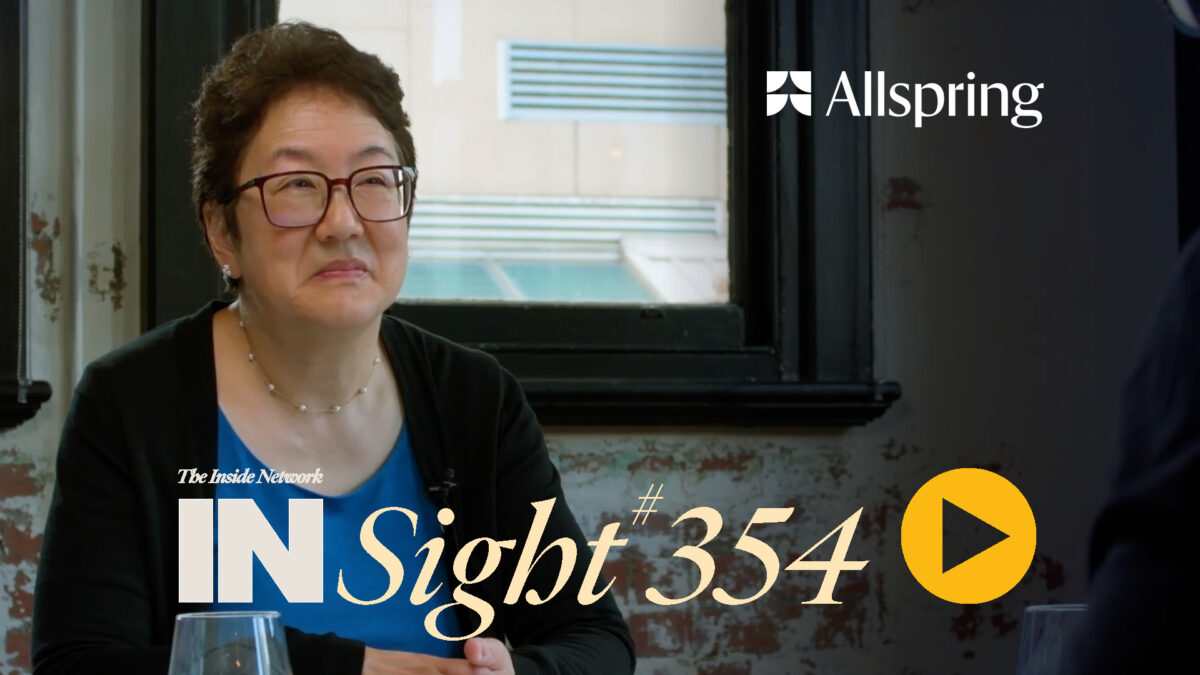What to watch for with factor investing
There are not too many free kicks in the investment game and while the increasingly popular factor investing or smart beta strategies can be one, it is not always the case. Investors need to do their homework when embarking on a factor investment program.
‘Factor investing’, which is a term often used interchangeably, but probably incorrectly, with ‘smart beta’, has come into vogue as part of the trend to lower-cost investing. It can be used both for return enhancement and, more frequently, risk reduction.
According to Fraser Murray, the head of equities research at Frontier Advisors, and Anna Weickart, the head of external manager research at Cbus, investors need to be careful of the weight of money going into a particular factor at any time and also of the temptation to try to market time particular factors, which is difficult to do.
They both saw smart beta strategies as taking naïve factor investing to a different level through the addition of a judgmental manager overlay.
Murray said that another reason for the increased interest in factor investing was the “underwhelming” performance of active managers in the global equities space in the past 10 years. However, he said, most active global equities managers were invariably underweight the US market and this had been the best performer in the last few years.
Investors needed to be aware that a lot of the historical evidence on various factors was based on back-testing rather than live information. For instance, the MSCI Quality series had only recently become investable but was back-tested to 1994. The series shows an average outperformance over the MSCI Global index of 3.5 per cent a year in that back-test. “You might as well only invest in that,” he quipped.
Similarly, the MSCI World Momentum series, also back-tested to 1994, shows strong outperformance but it assumes there are no transaction costs. By its nature, momentum investing requires high stock turnover.
The most credible factor index with the longest real track record is value investing, which has a 0.84 per cent outperformance average over about 40 years. Frontier advises clients:
- Be discerning and realistic
- Be selective on factors and whether they truly offer a return premium or risk benefit
- Consider a factor’s relevance and scope to be additive to your equities portfolio
- Adopt conservative factor return forecasts and know the difference between naïve and sophisticated
- Consider the factors valuation before implementation. An expensively priced factor will have a lower-expected return
- Do not expect a factor strategy to match an active manager with skill
- Take a long-term perspective – a factor is most likely to deliver superior returns to the index over the long term
- Ideally, plan a program for the future
- A designed and planned factor-investing program will usually be more efficient and effective than adding factors incrementally
- Balance the level of factor investing and active management. Factors capture only a return premium whereas an active manager can generate excess returns through taking on idiosyncratic risk
- Consider the Factor Investing allocation based on objectives and budgets, such as fee budgets, sector outperformance objectives and downside protection objectives
- Consider the merits of a single provider delivering multiple factors. There can be portfolio management efficiencies if performed by a single manager, rather than multiple providers, and there can be fee benefits too, and
- Carefully consider whether to time factors. There is increasing enthusiasm to do this, but many active managers have tried and failed historically. Be wary of those that believe to have this timing expertise – this is difficult. Factor timing is likely to be most plausible at extremes.
Cbus introduced its factor investing program in 2011, using a combination of the Research Affiliates Fundamental Index, which has an “economic footprint” for stocks and a low-volatility program run by AQR. The big fund also runs active and passive mandates.
Weickart said the fund was also looking to add an emerging markets tilt – emerging markets having been separate out from global equities – as well as value and momentum factors, while incorporating ESG exposures.









